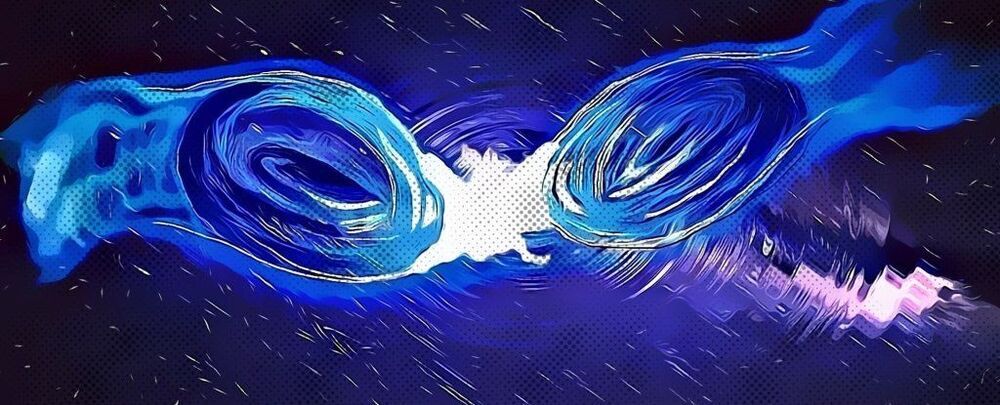On 21 May 2019, from a distance of 7 billion light-years away, our gravitational wave detectors were rocked by the most massive collision yet. From analysis of the signal, astronomers concluded that the detection was the result of two black holes smashing together, weighing in at 66 and 85 times the mass of the Sun respectively.
But what if it was something else? A new study offers a different interpretation of the event. It’s possible, according to an international team of astrophysicists, that the two objects were not black holes at all, but mysterious, theoretical objects called boson stars — potentially made up of elusive candidates for dark matter.
The gravitational wave event, called GW 190521, was a spectacular discovery. The object that resulted from the merger of the two objects would have been a black hole at around 142 times the mass of the Sun — within the intermediate mass range that no black hole had ever been detected before, called the black hole upper mass gap.
